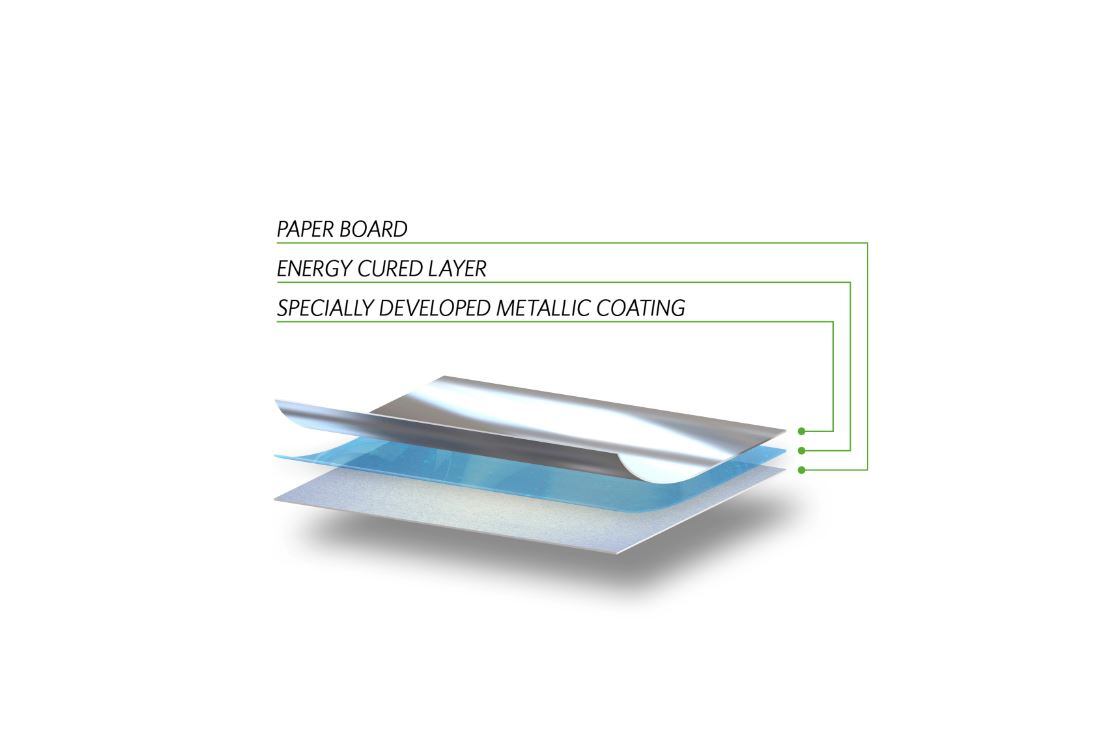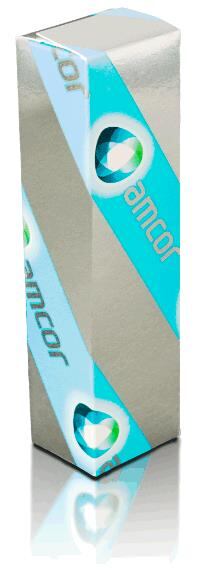Developed at the firm’s Global Innovation centre in Switzerland and first trialled in Asia, Amcor wants to increase investment to deploy the technology further in Switzerland, Poland, Russia, Malaysia and the US.
Patent-pending

Richard Skidmore, global innovation director, told FoodProductionDaily, it called the printing technology Sunshine because it has ‘greater luminosity and shiny-ness’ in comparison to alternative metallic effects with gravure printing.
The patent-pending technology consists of an in-line application of a bright silver coating over an ultraviolet (UV) or electron-beam (EB) primer.
“The technology performs better than alternative methods of metalization due to a better crease resistance and it enables a higher machine speed as there is less of a 'spring back' problem during production- i.e. it bends and bounces less,” said Skidmore.
“In addition to smoother operation on machinery, it does not require the lamination stage at all - reducing an entire step in the supply chain. This step removal has major time and environmental benefits. It is also easier to recycle and has higher design flexibility.”
The reflective effect is achieved using a three-layer structure consisting of paper board (layer 1), an energy-cured lacquer (layer 2), and a metallic coating (layer 3).
Stronger shelf presence

“The end result reflects more lumens of light compared to metallic inks whether applied overall, or as a spot application,” added Skidmore.
“This eye-catching visual effect helps create a folding carton container with stronger shelf presence that stands out amidst other products.”
He said among the environmental benefits of the technology are reductions in waste and carbon footprint because Sunshine has a significant decrease in water consumption and greenhouse gases, according to ReCiPe 2008, a global environmental life-cycle assessment tool.
The ability to use standard board and the removal of a metallization stage also reduces transportation freight costs, fossil fuel consumption, and unnecessary CO2 emissions.
“Waste is reduced as it is an ink application, an alternative to either a full board lamination process, or the wastage created when using hot or cold foil stamping reels,” said Skidmore.
“Carbon footprint is reduced overall by the removal of all transportation and production stages associated with foils or laminating and metalization stages.”
He added Amcor has already found commercial use in a variety of folding carton applications but declined to reveal who the client was.
Amcor’s folding carton business has 22 manufacturing sites in 19 countries across the Americas, Europe, and Asia.
